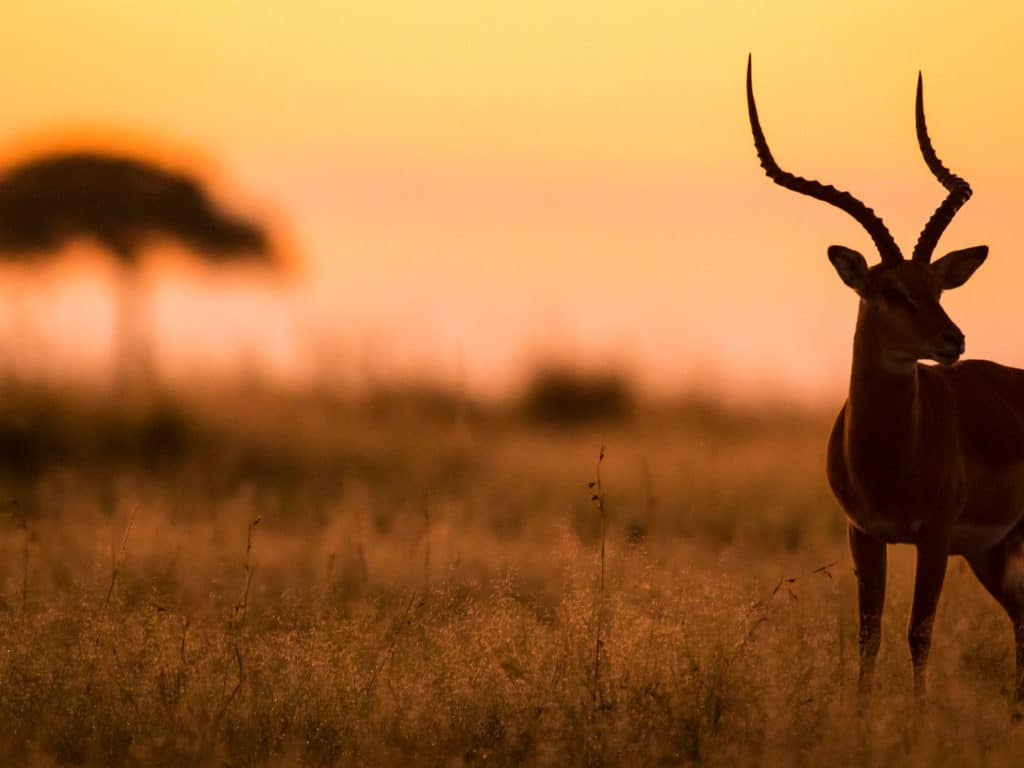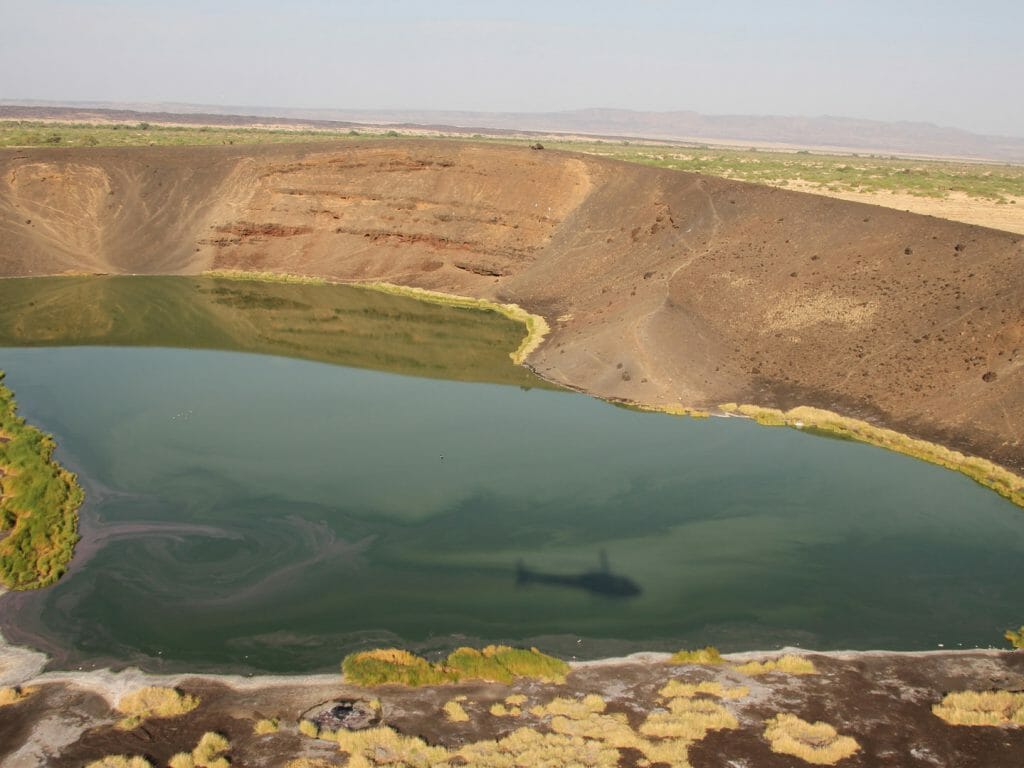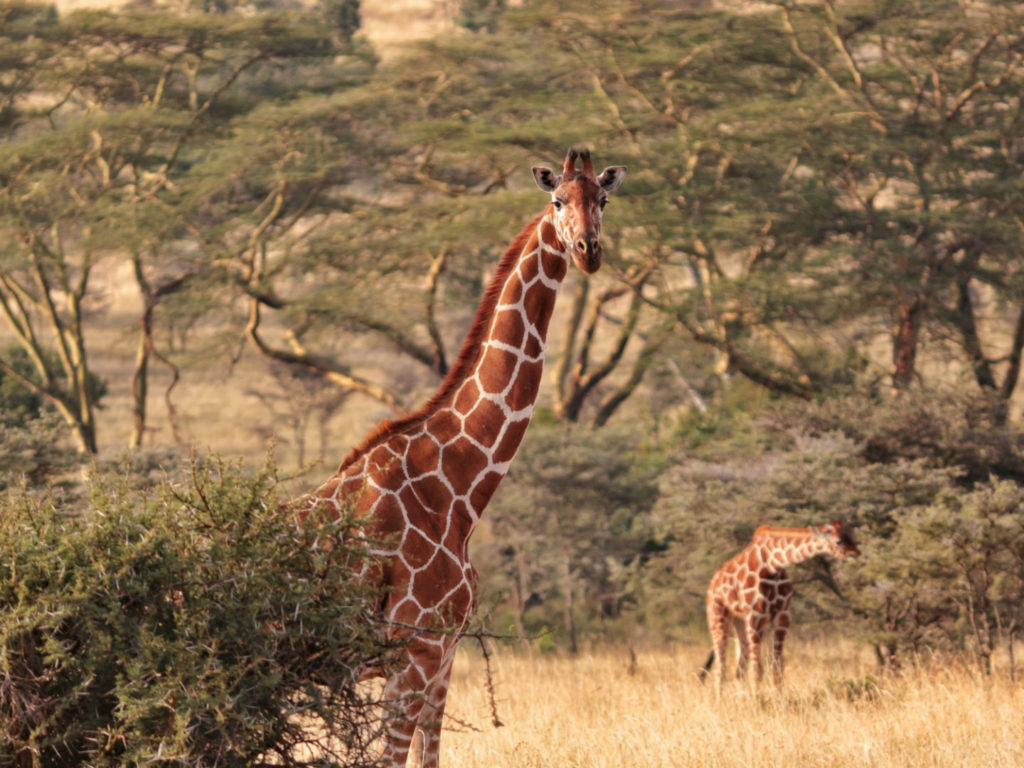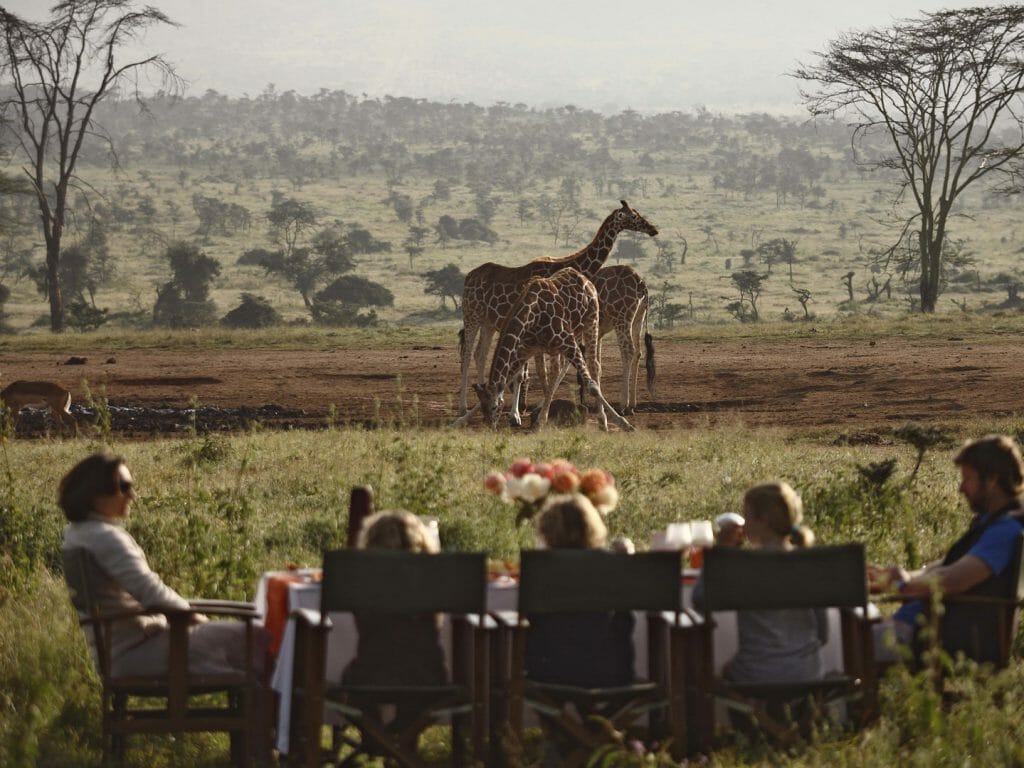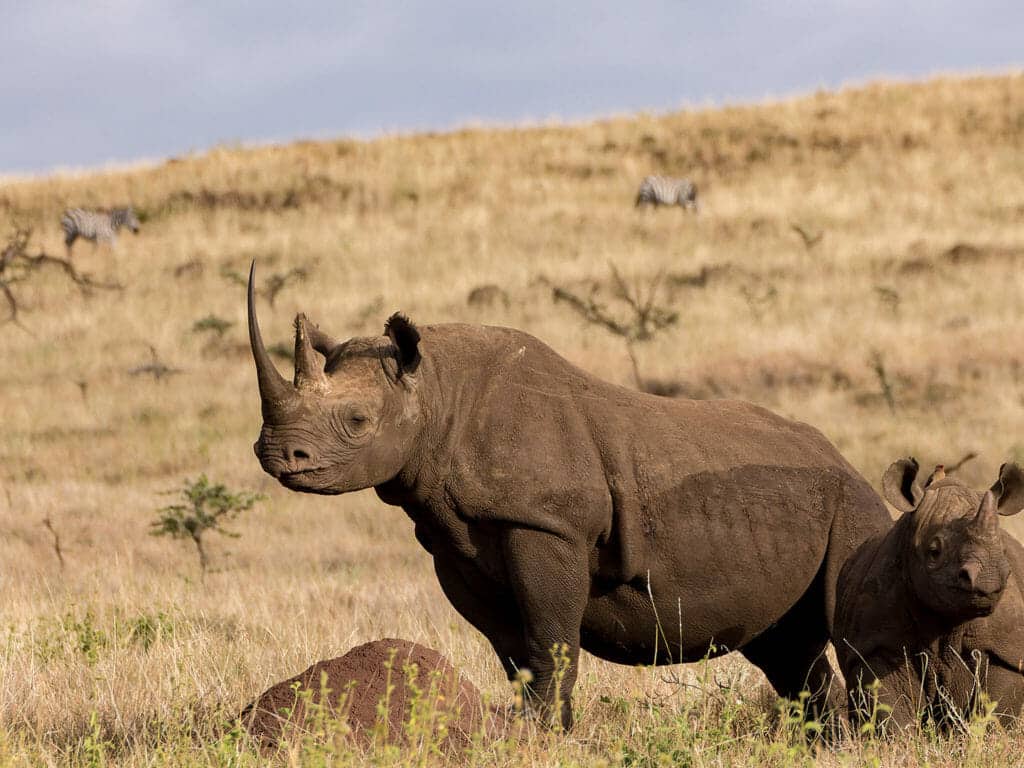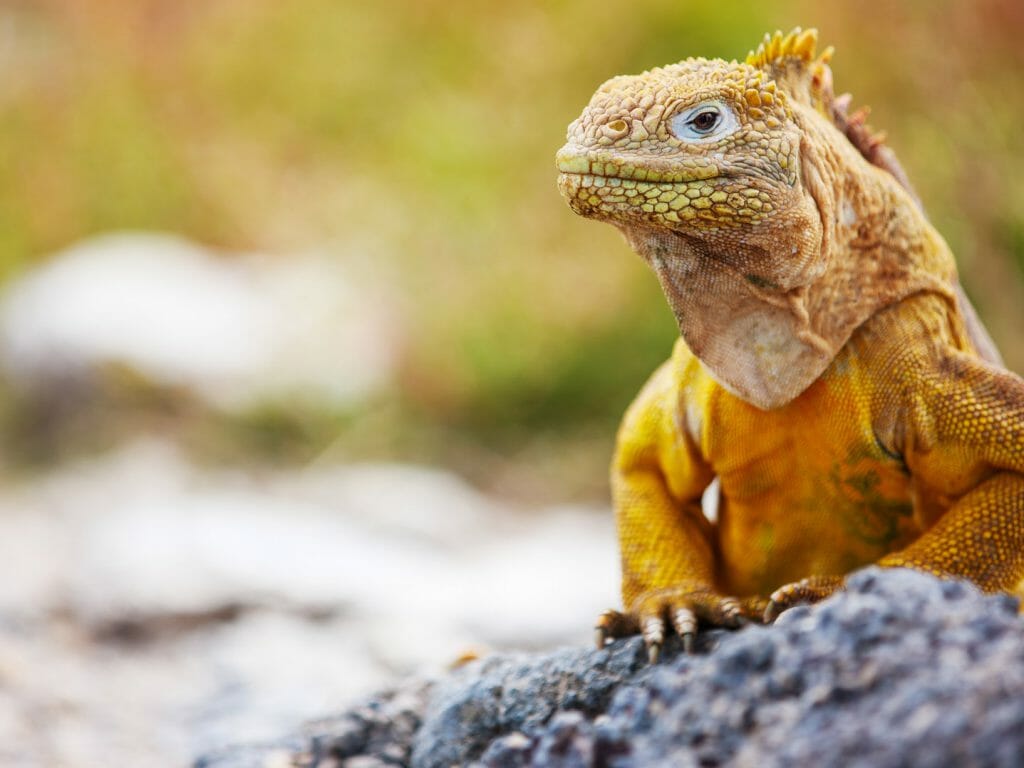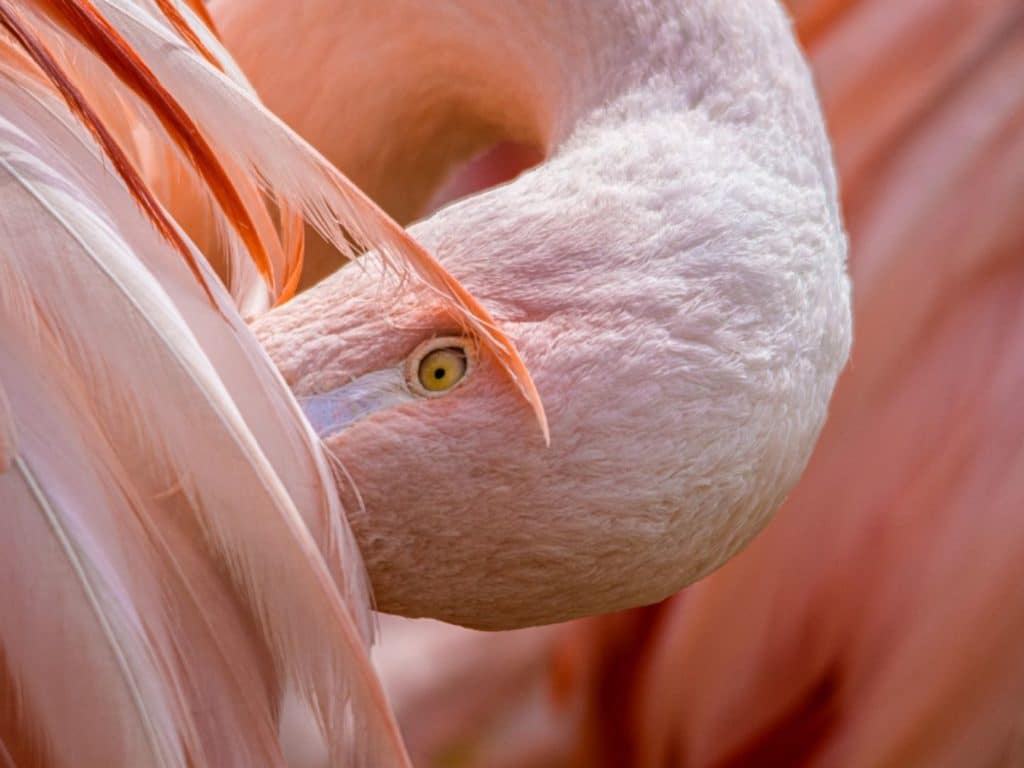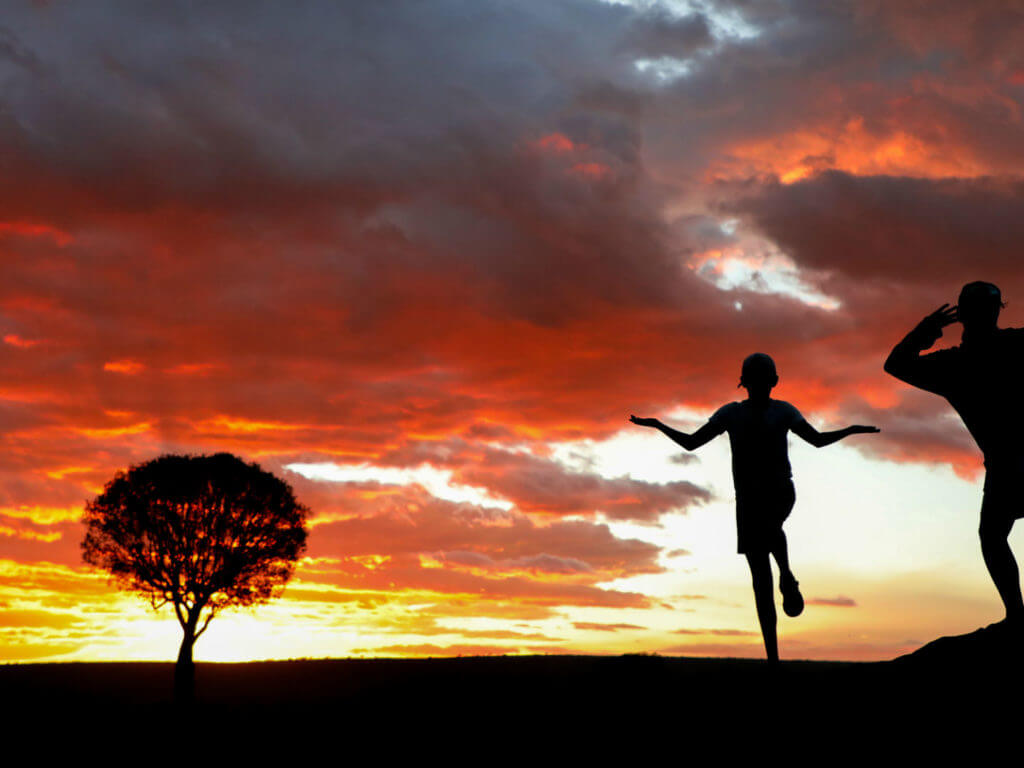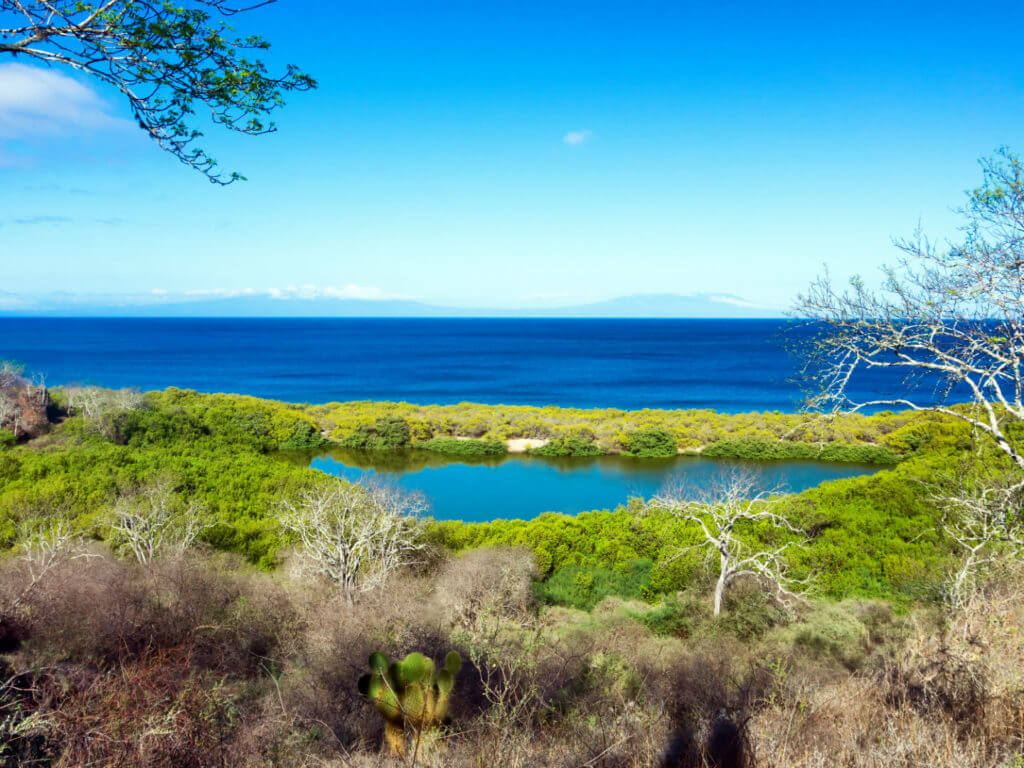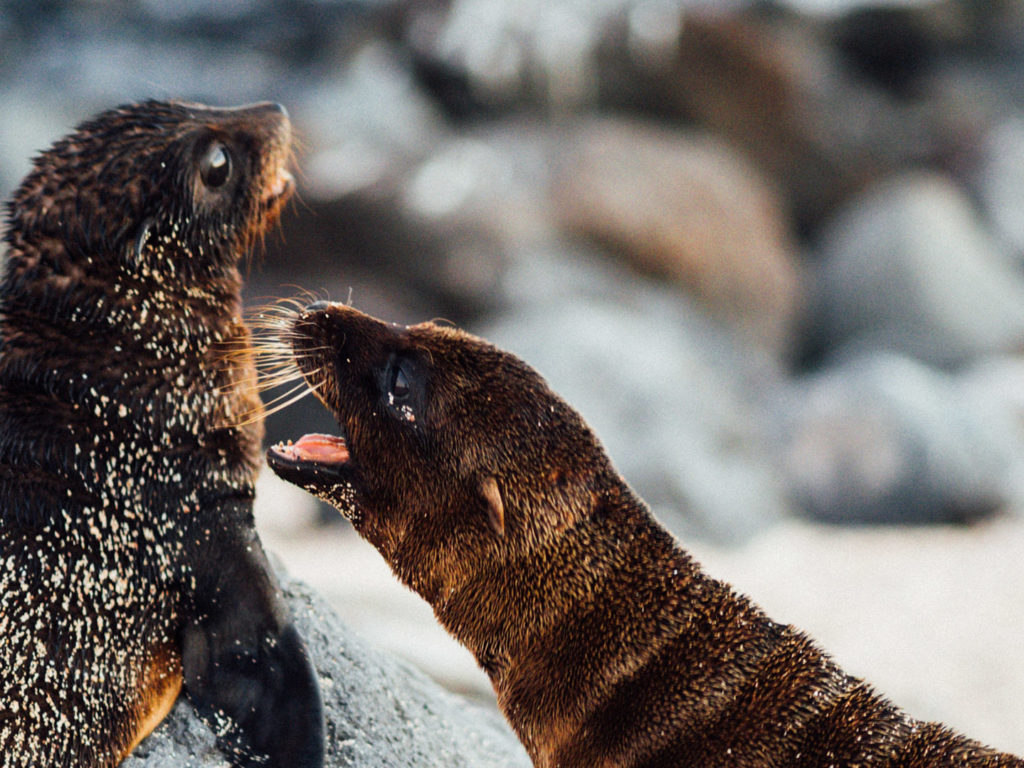Every day brings us new stories with promising insights into our natural world and the people protecting it – below you will find some of our favourites which have recently caught our eye. If the fight against COVID-19 has shown us one thing, it is that we must pay heed to nature’s warnings and ensure that we are not just inhabitants but custodians of our world. As we all know, there is no planet B.
Life will resume post COVID-19 and normality will reign once more, however it is up to us to decide what that new kind of normal looks like.
In a recent press release, the UN stated: “To help prevent further outbreaks of zoonotic viruses like COVID-19, the illegal wildlife trade and the destruction of habitats must stop. We cannot go back to business as usual. And we will need to rebuild by working with nature, not against it.”
This is a long term problem, one that existed pre-COVID-19 and will continue to exist in its aftermath. However, the virus has provided a much-needed admonition to the whole world.
David Attenborough recently warned: “The world is not a bowl of fruit in which we can just take what we wish. We are part of it and if we destroy it we destroy ourselves.”
The article, which you can read in full here, goes on:
He said he had seen in Costa Rica how quickly nature could recover if land was protected. He had been in the same place 25 years ago when the land was a meadow with cows and it had since reverted to tropical rainforest.
He praised the country for choosing to divert money from maintaining an army to supporting rewilding.
Our roundup below showcases the great work that can be achieved when we work to protect our planet and all its inhabitants.
“For a political leader with great power to simply say: ‘We don’t need an army. If Donald Trump decided to invade Costa Rica there’s nothing we could do. So why do we waste all our money on an army? Why don’t we take that money from the national budget and turn into rewilding and ecotourism?’ And that’s not just empty words. They have done it. And the nature reserves they have got there are a joy to go to.”
Our good news roundup
1. Oxford Physics Team fighting against COVID-19
Our Steppes Fund for Change partners who have been working towards a greener energy solution harnessing nuclear fusion sent us the following update:
“The Oxford Physics team are doing a number of things to help with the COVID-19 pandemic, as is the University more broadly. In the Department, we have academics working on a rapid detection test for COVID-19 that could test for the virus in as little as 1 minute, our instrumentation workshops are awaiting instruction from the government to help make ventilators and we have allocated a large proportion of our computing power at CERN to modelling the virus.
As a university, we are one of the global forerunners in developing a vaccine. We started phase 1 trials this month and if we progress as expected, could have passed through all trial phases by early autumn. There is more on this and some of our drug development programmes here. A number of our researchers have now turned their attention to less economically developed countries and how we can help their healthcare systems manage the virus, such as offering designs and advice to build cheap ventilators.”
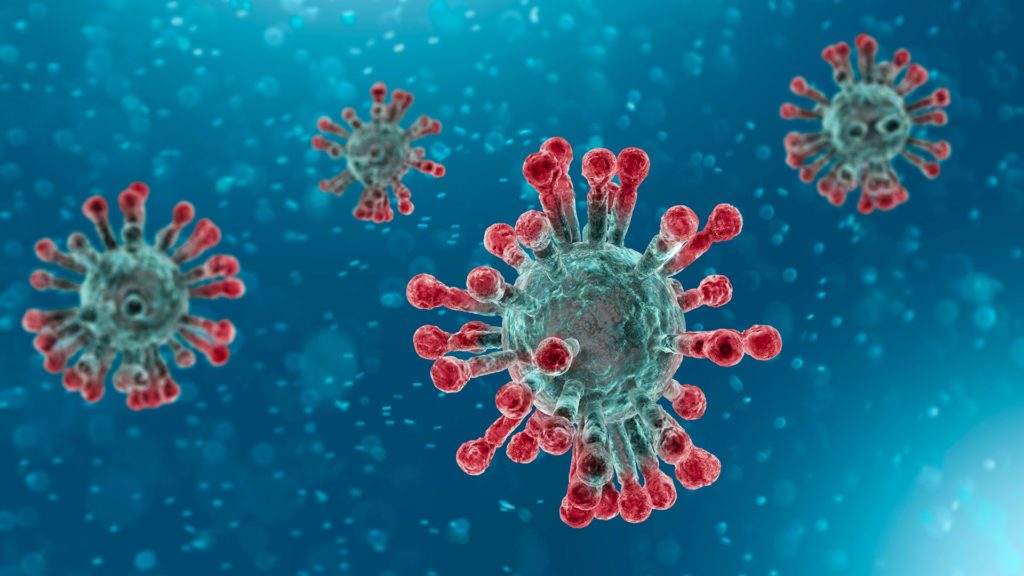
2. Segera Retreat planting 100,000 trees
The Zeitz Foundation, behind the incredible Segera Retreat in Laikipia in Kenya, has pledged to plant 1 million trees on previously degraded land in Kenya. Planting began in April and over 100,000 seedlings have now been planted. The reforestation initiative, termed ‘Rhino Tree of Life’ will be in the shape of a rhinoceros.
The goal is to plant 1 million indigenous trees in the coming years, with 90% of these tree seedlings being cultivated, grown and planted by a newly established ‘Academy for Arborists, Gardeners and Permaculture’ on Segera.
The initiative is not only tackling deforestation but also provides an opportunity to restore the biodiversity of the land as well as provide education and long-term employment opportunities for the local communities.
Segera is inspired by a balance of four core concepts that they call the 4Cs: Conservation, Community, Culture and Commerce. Stays with them directly help support their 4C projects from solar farms and beading co-operatives to award-winning Waterbank Schools and the female anti-poaching rangers academy. Their mission is to create a beautiful, sustainable relationship between the community, the wildlife, the landscape and the people who want to explore the region – they call this an eco-sphere. Every stay there contributes to making this vision a solution for the long run.
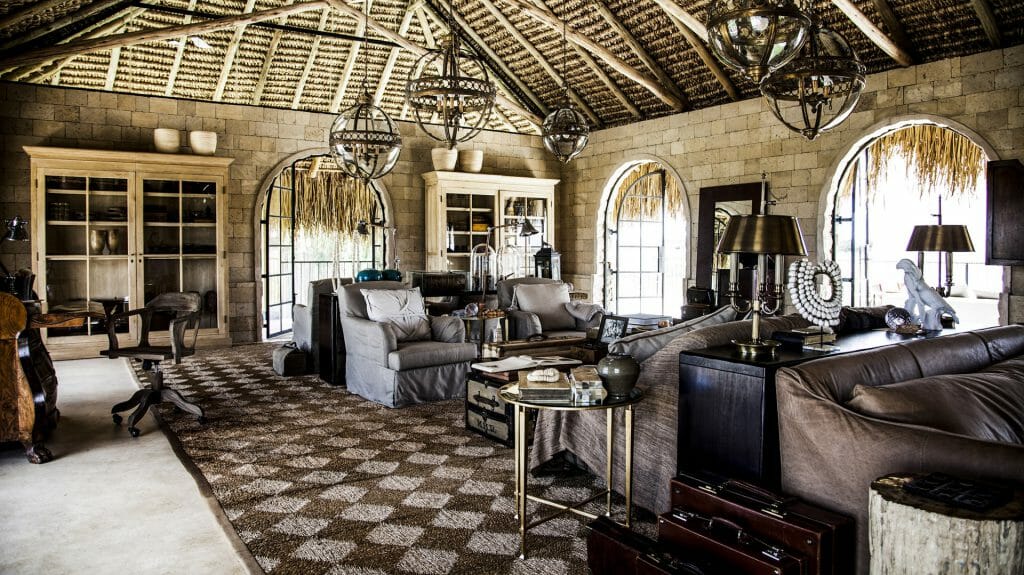
3. Whale shark migration in the Galapagos
Earlier this month Jonathan Green who heads up work on whale sharks in the Galapagos Islands, and last year successfully satellite-tagged a few of the gentle giants sent us news on one particular whale shark named Hope.
Green shared: ”Hope was headed out to the Southern Pacific Ocean around French Polynesia, but has now made a very dramatic about-turn and is headed back in the general direction of Galapagos. Early days still, but if she does return, this will be an extremely important track, the first long-distance round trip of a whale shark migration ever recorded by satellite data. Such exciting times, as this type of information, is critical to helping conserve these magnificent animals.”
It seems that ‘Hope’ was aptly named.
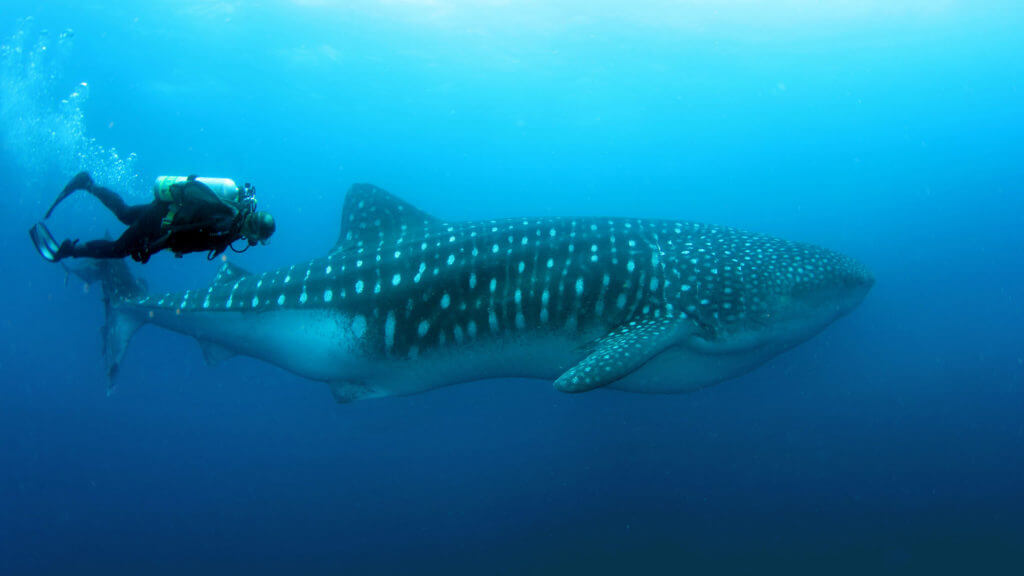
4. Rhinos are on the up
Conservationists are hailing the tentative recovery of Africa’s critically endangered black rhinos. The latest figures show there’s been a modest annual increase in the black rhino population over the last six years.
Their numbers are thought to have grown to more than 5,600 – according to a report released by the International Union for Conservation of Nature.
The rhinos’ recovery is being attributed to ambitious protection efforts against poachers.
”While Africa’s rhinos are by no means safe from extinction, the continued slow recovery of Black Rhino populations is a testament to the immense efforts made in the countries the species occurs in, and a powerful reminder to the global community that conservation works. At the same time, it is evident that there is no room for complacency as poaching and illegal trade remain acute threats,” said Dr Grethel Aguilar, Acting Director General of IUCN. “It is essential that the ongoing anti-poaching measures and intensive, proactive population management continue, with support from national and international actors.”
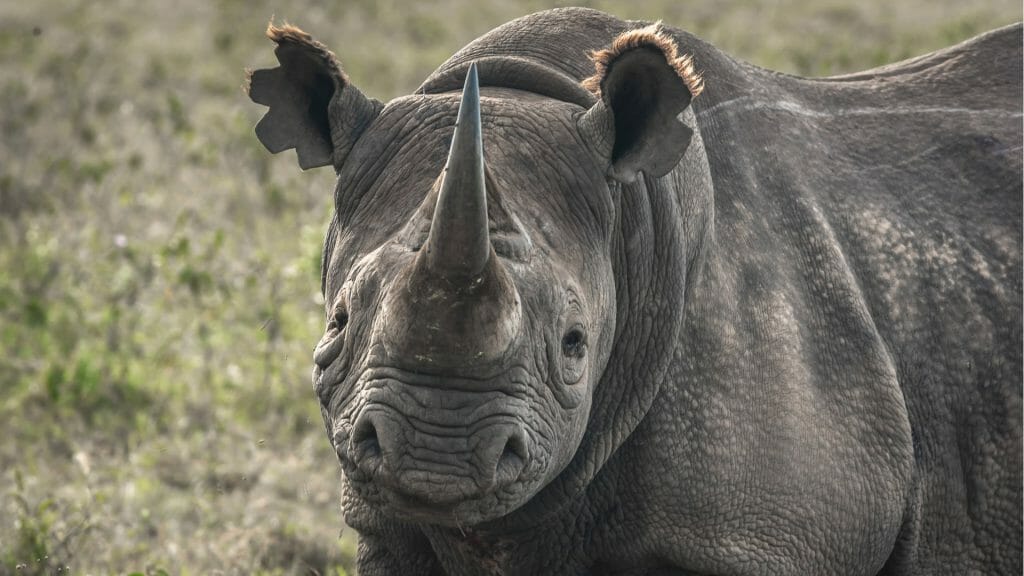
5. Niue Island is now a dark sky nation
The International Dark-Sky Association (IDA) has announced that the tiny island nation of Niue will become the world’s first Dark Sky Nation. At just 101 square miles, Niue has received certification as both a dark sky sanctuary and a dark sky community, ensuring the entire island will maintain standards of light development and keep light pollution limited even as the world’s astronomy community turns eyes toward the area.
Like other islands that are ideal stargazing destinations, Niue is far from major landmasses and continents and the light pollution that comes with them. Niue is over 1,700 miles from New Zealand, and it takes 3.5 hours to reach by plane from Auckland.
Niueans have a heritage of star navigation and the knowledge of the night skies, held by the elders in the community, has been passed down through the generations.

6. Whitley Fund For Nature Winners Announced
There may not be an awards ceremony but we can still cheer for the conservation heroes that have won this year’s Whitley Fund for Nature awards.
To introduce them, here is a special message from their Patron, HRH The Princess Royal:
“The Whitley Fund for Nature chooses conservation leaders who have a real understanding of the challenges facing local people, which is especially important in these very worrying economic times. As Patron of The Whitley Fund for Nature, I am pleased to announce the 2020 Whitley Award winners; all are outstanding grassroots leaders dedicated to their work.”
Read about all the winners here and find out how they will use their £40,000 to further their projects in conservation.
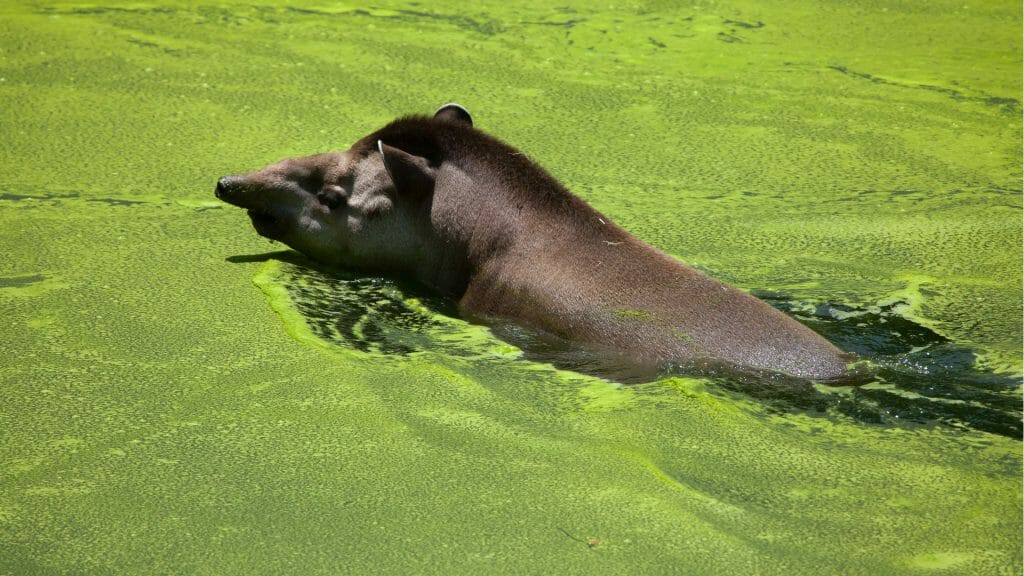
7. Seagrass planted in Wales
And finally, something a little closer to home, last month in April, 750,0000 seagrass seeds have been planted off the coast of Wales to tackle climate change. This is part of the UK’s biggest ever seagrass restoration scheme.
Seagrass is a flowering marine plant that grows in large underwater meadows. The project aims to help tackle climate change as seagrass captures carbon dioxide up to thirty-five times quicker than tropical rainforests.
Not only does it help with climate change, once fully grown the plant can also support 160,000 fish. This helps provide a crucial habitat for many of the fish we eat, such as cod, plaice and pollock.
More seeds are due to be planted this year, bringing the total number to more than a million. The project aims to help replenish seagrass levels which have depleted by 92% in the last century.
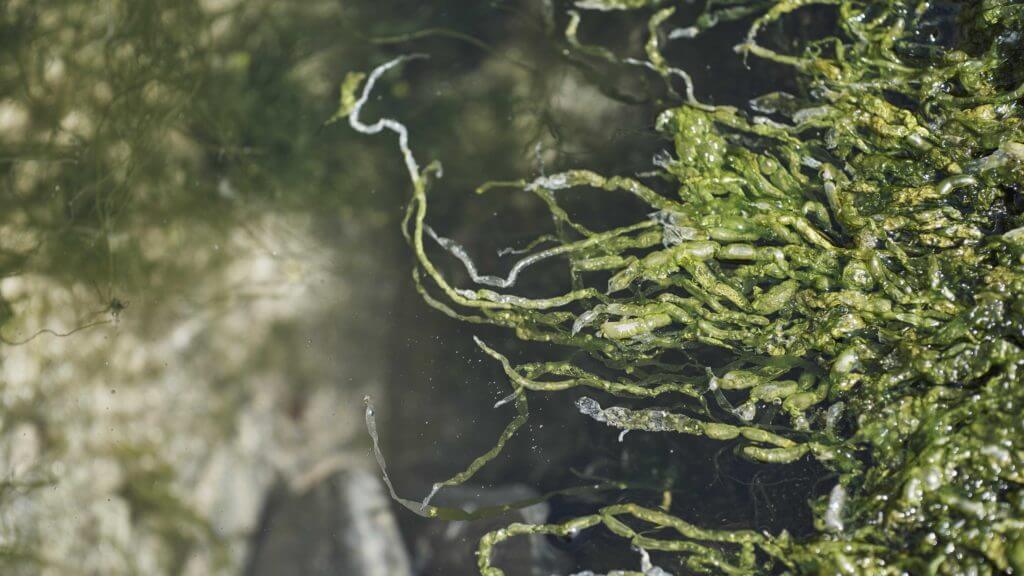
Update: Robin Hanbury-Tenison is back home in time for his 84th birthday
For the last six weeks Robin has been battling COVID-19 at Plymouth’s Derriford Hospital. Louella, his partner, has been keeping us up to date with his progress. Two weeks ago he finally regained consciousness and yesterday we learnt that he is ready to go back home.
Louella commented:
”No-one had any idea this time last week how hard he would work and how exhausting it has been engaging with the amazing physiotherapists, who made their sessions fun and told me that when they thought enough was enough, Robin always wanted to try ‘just one more of each’. They have all said they can hardly believe his progress. When the ICU team heard he was to be discharged today they came across to his acute ward and swarmed around his bed to wish him bon voyage. They told him that he was their longest stay seriously ill patient and they really didn’t think he would make it. They are all thrilled for him, and he was immensely touched by their good wishes after all they had already done for him. I was completely stunned when I was told over the weekend that they thought he could cope at home. From an acute ward to home in one leap. All the doctors and nurses clapped him out and cheered.”
Named as the greatest explorer by the Sunday Times and our former Steppes Travel tour leader, Robin has been on over 30 expeditions around the world. One such journey was as leader of the Royal Geographical Society’s largest expedition, taking 115 scientists to live for fifteen months in the interior of Borneo. This research and his book, Mulu: the Rainforest, started the international concern for tropical rainforests.
We wish Robin a speedy recovery and look forward to hearing him share his wonderful travel tales with us once more.
If you have a good news story that you’d like to share with us, please email [email protected] or message us on Facebook or Instagram.


